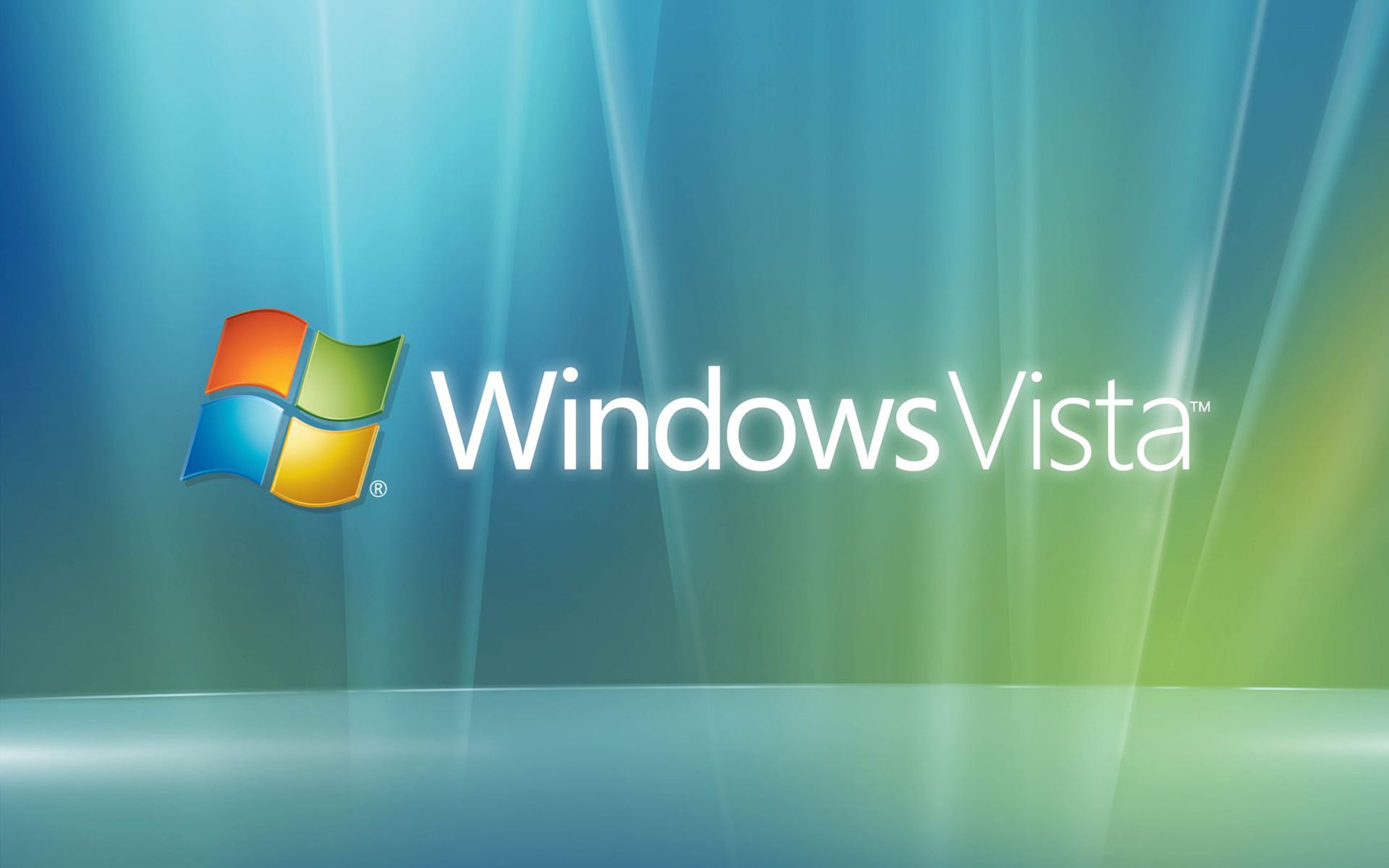Introduction
In the ever-evolving landscape of operating systems, Windows Vista stands as a pivotal chapter in the history of Microsoft’s software development. Released in 2007, it brought forth a plethora of changes and innovations, shaping the way users interacted with their computers. Let’s delve into the features, controversies, legacy, and eventual fate of Windows Vista.
Features of Windows Vista
Windows Vista introduced a visually appealing interface with the Windows Aero design, providing users with a more engaging and modern experience. Security enhancements, such as User Account Control (UAC), aimed to protect users from malicious activities. The Windows Sidebar, displaying customizable gadgets, was another notable addition, fostering user customization and productivity.
System Requirements
While Windows Vista brought exciting features, its demanding system requirements raised eyebrows. Many users faced challenges in upgrading their hardware to meet the specifications, leading to performance issues and criticisms. The transition was not seamless, and some users found themselves struggling with compatibility problems.
Criticisms and Controversies
Windows Vista faced substantial criticism, primarily for its performance-related issues. Users reported slow system speeds, software incompatibility, and driver problems. The backlash was so severe that some users opted to revert to Windows XP, the predecessor of Vista, highlighting the dissatisfaction among the user base.
Legacy and Impact
Despite its shortcomings, Windows Vista left an indelible mark on the evolution of operating systems. The lessons learned from its challenges contributed to the refinement of subsequent Windows versions, showcasing the resilience of Microsoft in adapting to user feedback.
Upgrade and Migration
The transition from older systems to Windows Vista posed challenges for many users. Microsoft, recognizing the difficulties faced, provided support and recommendations to facilitate a smoother migration. The company’s efforts aimed to ensure users could make the most of the advancements in Windows Vista.
Nostalgia and Community
Surprisingly, Windows Vista has found a place in the hearts of some users. Online communities reminisce about the unique features and experiences associated with Vista. Nostalgia plays a role in keeping the memory of this operating system alive in the digital space.
The End of Support
Microsoft’s decision to end support for Windows Vista marked the end of an era. The implications for users still clinging to the outdated system meant potential security risks and a lack of updates. This move prompted users to reconsider their operating system choices.
Alternatives and Options
For those looking to move on from Windows Vista, recommendations include upgrading to a newer Windows version or exploring alternative operating systems like Linux. The transition may require effort, but the benefits in terms of performance and security are significant.
Windows Vista in Popular Culture
Windows Vista, with its distinctive design and features, has left an imprint on popular culture. References to Vista can be found in movies, TV shows, and even internet memes, showcasing its lasting impact beyond the realm of technology.
The Evolution of Operating Systems
Windows Vista’s journey serves as a case study in the continuous evolution of operating systems. The challenges faced and lessons learned contributed to the development of more robust and user-friendly systems in subsequent years.
Technical Innovations
Beyond its controversies, Technewsguy.com/ introduced technical innovations that influenced the broader tech industry. Some features that were initially met with resistance paved the way for advancements in user interfaces and security protocols.
Windows Vista in Business Environments
Businesses that adopted Windows Vista faced unique challenges. The impact on operations, coupled with the end of support, prompted strategic decisions to transition to more contemporary operating systems. Lessons learned from this experience shaped IT strategies in many organizations.
Revisiting Windows Vista
As time passes, there’s a growing sentiment of nostalgia around Windows Vista. Revisiting the operating system allows for a reassessment of its strengths and weaknesses, offering a nuanced perspective on its place in the history of computing.
Conclusion
In conclusion, Windows Vista, despite its initial hurdles, remains a significant milestone in the evolution of operating systems. Its legacy, both positive and negative, has contributed to the shaping of subsequent Windows versions and the broader tech landscape. Whether remembered with fondness or frustration, Windows Vista holds a unique place in the journey of computing.

